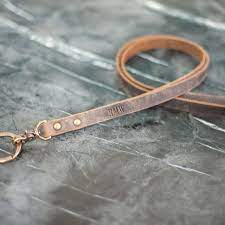Trident
What is the work of Trident?
Trident / ˈtraɪdənt / is three spears. It is used for spear fishing and historically as polearm.
Trident is the weapon of Poseidon or Neptune, https://bijoysimon.blogspot.com/2022/06/trident.html the god of the sea in classical mythology. Tridents are occasionally retained by other sea gods such as Triton in classical art.
Tridents are also depicted on medieval coats of arms and may be retained by Merman Triton. In Hinduism, it is the weapon of Shiva, known as trishula (Sanskrit for "triplespear"). The word "trident" comes from the French word trident[citation needed], which in turn comes from the Latin word tridens or tridentis: tri meaning "three" and dentes meaning "teeth", referring specifically to the three prongs, or "teeth", of the weapon.[1]
The Greek equivalent is τρίαινα (tríaina), from ProtoGreek trianja, meaning "threefold". The Greek term does not imply three of anything specific, and is vague about the shape, thus the assumption it was originally of "trident" form has been challenged.[1]
Latin fuscina also means "trident".[2]
The Sanskrit name for the trident, trishula, is a compound of tri त्रि for "three" and śūla शूल for "thorn", calling the trident`s three prongs "thorns" rather than "teeth". The trident is associated with the sea god Poseidon. This divine instrument is said to have been forged by the cyclopes.[3]
Poseidon struck a rock with his trident, causing a sea (or a saltwater spring, called the Erechtheis) to appear nearby on the Acropolis in Athens.[4][5] And according to Roman sources, Neptune struck the earth with the trident to produce the first warhorse.[6]
Poseidon, as well as being the god of the sea, was also known as the "Earth Shaker",[7] believed to cause earthquakes;[8][a] some commentators have extrapolated that the god would have used the trident to cause them,[9] possibly by striking the earth.[citation needed]
In the Renaissance artist Gian Bernini's sculpture Neptune and Triton (1622–23), Neptune is posed holding a trident turned downwards, and is thought to reenact a scene from Aeneid or Ovid's Metamorphosis where he is calming the waves to aid Aeneas's ships. Later Greek and Roman art and literature portrayed other sea gods and their attendants with Trident.
Poseidon's spouse, Amphitrite, is often identified by sea attributes other than Trident. Some scholars say she never wears it, although other commentators disagree.
If you look at the line of followers and beings that follow the gods of the sea (Chiasos of the sea), you will see Triton (half-fisherman) in Trident. [14] The old man of the sea (Harios Geron) and the god Nereus with Trident are also shown. [14] Triton, other mermen, and Nereids can also shake oars, oars, fish, or dolphins. [14]
Oceanus should not normally carry a trident so that it can be clearly separated from Poseidon. However, the iconography of Romano-British culture has a fusion of gods, and there is an example of Oceanus, the head of a crab claw, also wielding a trident. Oceanus, who holds the Trident, has also been found on coins of Romano-British culture. Read more...




Comments
Post a Comment